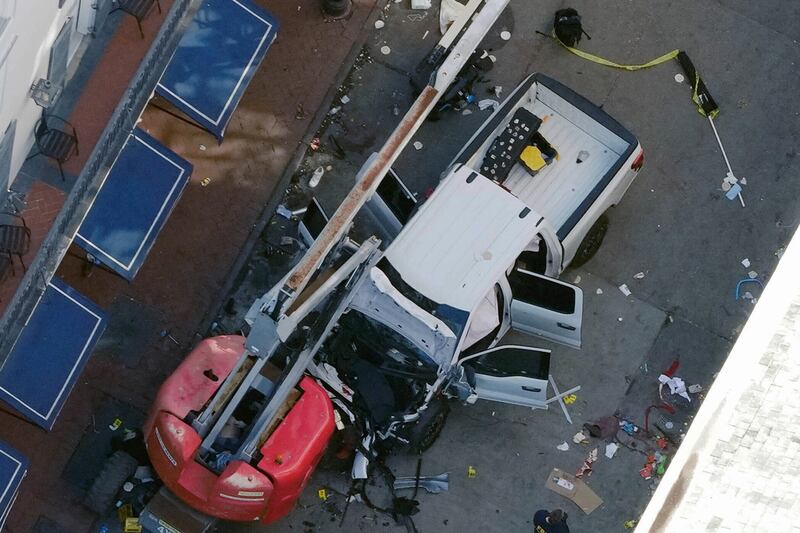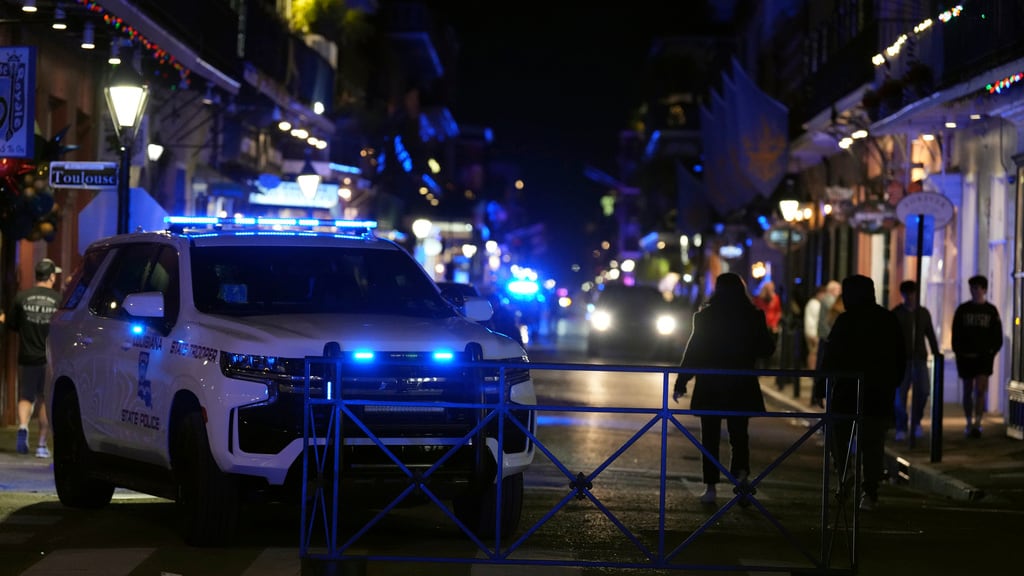The investigations continue following the attacks in New Orleans and Las Vegas, and in the meantime, authorities have revealed disturbing connections between the attackers in both cases.
Shamsud-Din Jabbar, 42, was the main suspect involved in the attack in New Orleans. Shortly after ringing in the New Year, he drove his car into a crowd of revelers in the French Quarter, killing 15 people and injuring at least dozens. The individual, who had an Islamic State flag, was shot dead by the police.
PUBLICIDAD
Hours later, Matthew Livelsberger rented a Cybertruck in Colorado Springs and drove it to the front of the Trump International Hotel in Las Vegas, where he detonated it. He died instantly, and seven other people were injured. During the investigation, experts found fireworks mortars and gas cans in the car.
Connections between the attackers from Las Vegas and New Orleans

According to the Las Vegas police, Livelsberger and Jabbar served at the same military base.
The Associated Press reported that Livelsberger was a member of the Green Berets, which is a unit of US Army special forces and guerrilla warfare experts that fight terrorists abroad. The man joined the Armed Forces in 2006 and currently has an approved license, as reported by the Army in a statement. It was revealed that he was at the military base previously known as Fort Bragg and now called Fort Liberty, located in North Carolina, home to the special forces command.
Denver 7 reported that Jabbar was also a veteran of the Army. Like Livelsberger, he was stationed at Fort Bragg. It is mentioned that both individuals were in Afghanistan and it is believed that they knew each other.
Despite the similarities, the FBI stated that the attacker in New Orleans acted alone.
Another connection between the two attackers is that both rented vehicles from the car rental market Turo for their attacks. The rental company said in a statement that they do not believe either of the suspects "had criminal records that would have identified them as a security threat."
The investigations continue to determine whether the attackers in Las Vegas and New Orleans had coordinated these events together.
